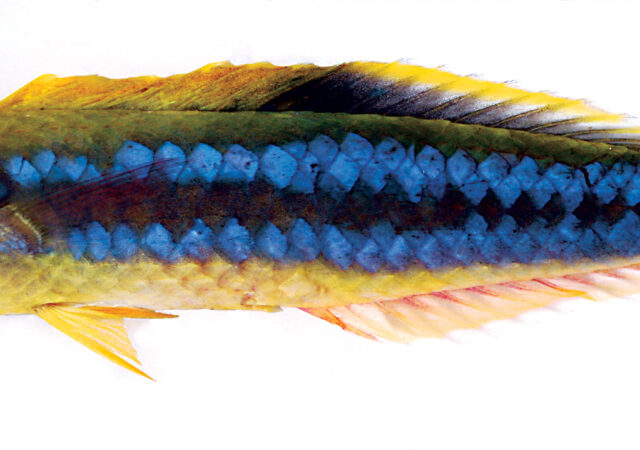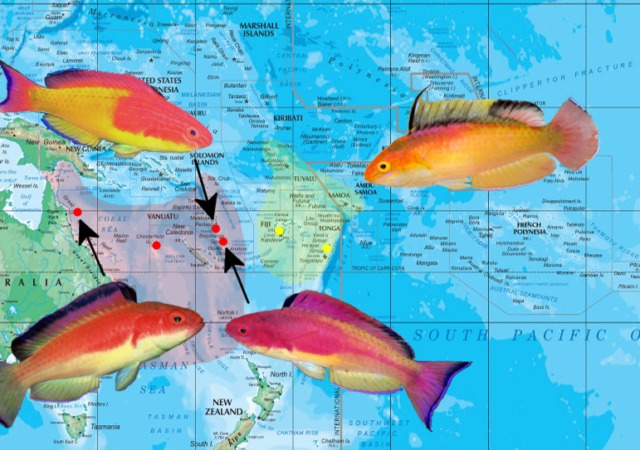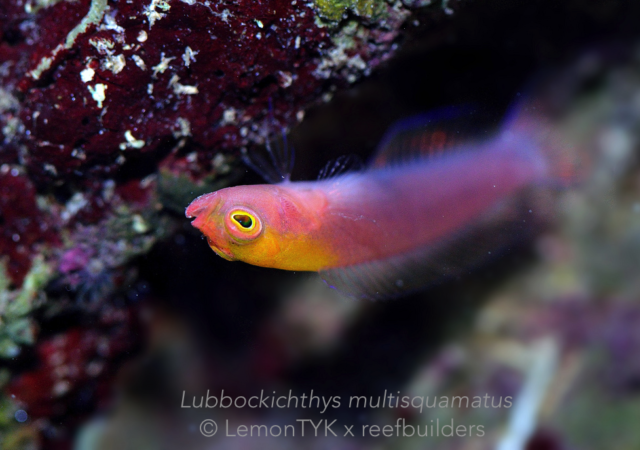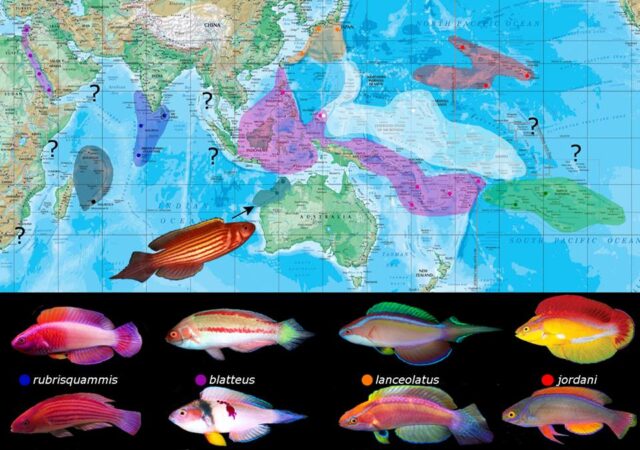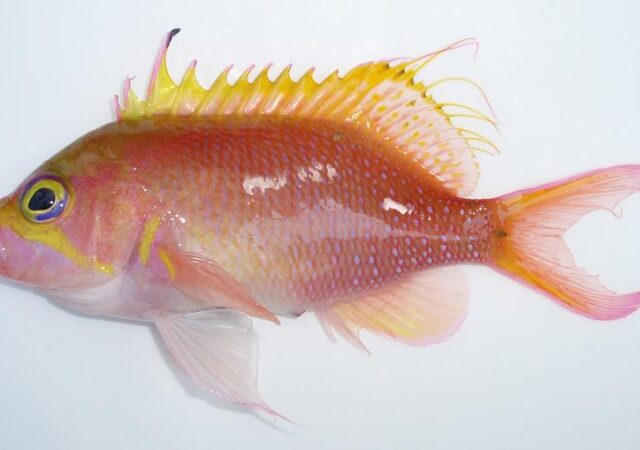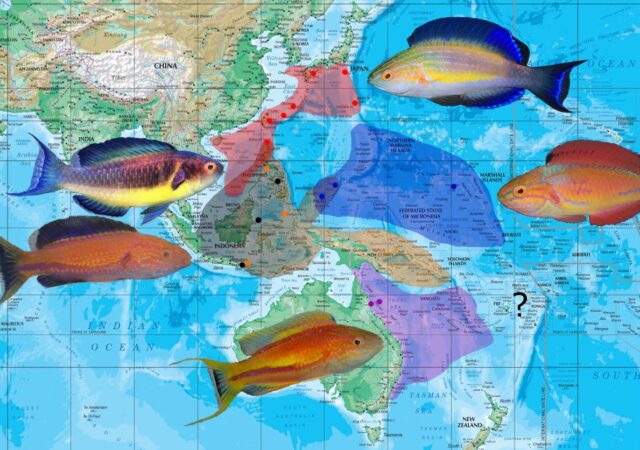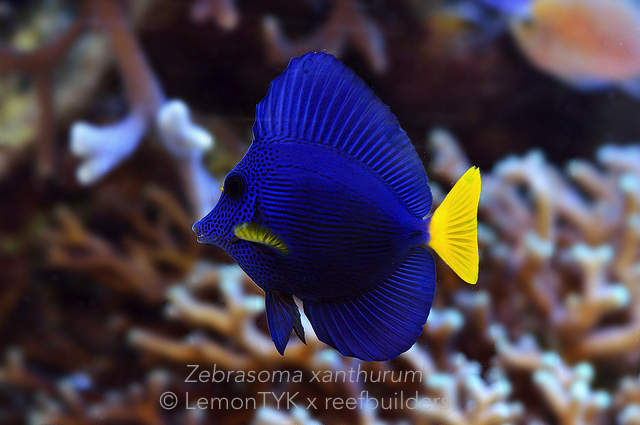The genus Pseudojuloides constitutes a collection of fusiform torpedo shaped wrasses with chisel like incisiform teeth that are more often found living in lose sandy rubble instead of the usual coral cover. Pseudojuloides was last revised in 1981 where five new species were added to…
Coeloplana: Benthic ctenophores living right under your nose
Ctenophora is a phylum of marine animals most commonly referred to as comb jellies. You may have seen these in various documentaries, manifesting themselves as gelatinous geometric shapes fringed in movable cilia and psychedelic disco lights. This phylum is huge and…
1.4 Fairy Wrasses: The bathyphilus group
The bathyphilus group, despite being a very small congregation, is by no means any less interesting or provocative compared to its congeners. In 1997 during the Indo-Pacific Fish Conference held in New Caledonia, five unidentified specimens of Cirrhilabrus were brought…
Tryssogobius Tuesday: A guide to the genus of fairy gobies
Amongst the giddying myriad of nano-sized gobies suited for the home aquarist, few genera exuberates brilliance and mystique quite like Tryssogobius. The genus comprises of delicate dainty gobies, of which seven are scientifically recognized. There are invariably many more waiting…
Monday misnomer: Will the real Pseudoplesiops rosae please swim up?
In another effort to rectify the various misnomers that plague the aquarium industry, we’ll take a look at a small innocuous dottyback that has been masquerading under an inaccurate alias for far too long. The fish above in the tile…
1.3 Fairy Wrasses: The lanceolatus group
The members of the lanceolatus group are some of the largest and showiest fairy wrasses, collectively celebrated for their grandiose caudal fin and chromatic brilliance. The group spans most of the Indo-Pacific, with its various species occupying a series of…
O’ don’t you love this anthias – Odontanthias unimaculatus
Odontanthias is a small genus which includes slightly over a dozen species. Members of this genus are quite unlike the slender cliché of regular anthiines, and are characterized by having rather deep body profiles and steep foreheads. Being exclusive worshippers…
1.2 Fairy Wrasses: The lunatus group
Cirrhilabrus johnsoni was first described in 1988 based on specimens collected in the Marshall and Caroline islands. This small species served as the twentieth member of a rapidly expanding genus, and was decidedly different with a crescent shaped caudal fin adorned…
1.1 Fairy Wrasses: The lubbocki group
The lubbocki group houses six members divided evenly into two separate but closely related clades. They are the lubbocki clade and the marjorie clade. All members of this group are small to medium sized species with a recurring red and white…
Awesome Fish Spotlight: Zebrasoma xanthurum, the Purple Tang
It’s been some time since we last featured an Awesome Fish Spotlight, and what better way to continue than with an evergreen aquarium favourite from a well loved genus. Zebrasoma is without a doubt the blue eyed boy of the…


